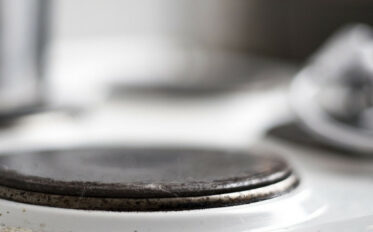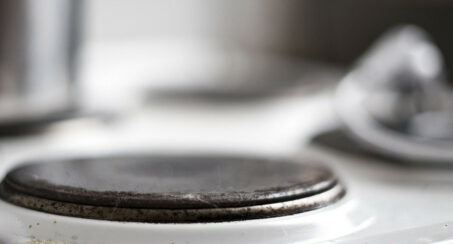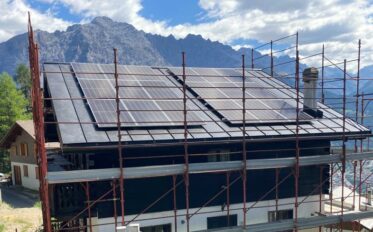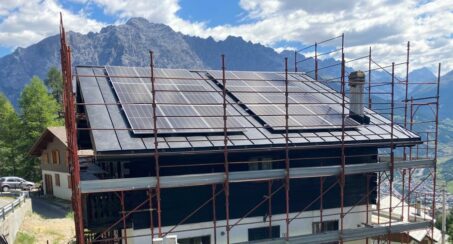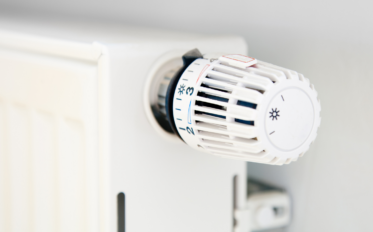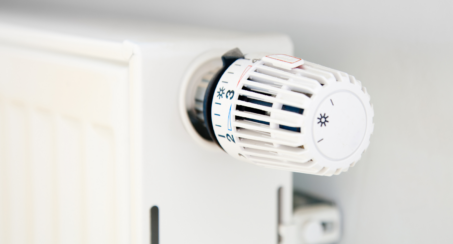The Brits once turned the world map an imperial pink. Today, Europe’s rainbow-coloured energy label has spread to more corners of the world than any other such scheme. Thanks to its huge market and progressive standards, Europe has major global influence. But it still has much to learn from other economies and there are staggering consumer and environmental benefits to be gained from harmonised global standards.
National energy efficiency standards and labelling programmes are the cornerstone of most national energy efficiency and climate change mitigation programmes, according to a 2015 report by the International Energy Agency. End-use efficiency measures are the cheapest route to energy and CO2 reductions, it says, and have been very successful in fostering innovation, expanding markets and creating 800,000 direct jobs in the EU.
The effect on appliances has been just as colourful, with efficiency increasing at more than three times the underlying rate of technology improvement. The most mature national programmes, covering a broad range of products, save 10-25% of national or relevant sectoral energy consumption, the IEA said.
No wonder then that by 2013, there were at least 548 energy performance standards and 541 comparative energy labelling regulations in place outside of the EU, EEA and accession states, covering 55 different product types, according to a 2014 report for the European Commission. These products cover equipment destined for residential, commercial and industrial applications and are responsible for a large proportion of all energy use in these sectors
Countries with minimum energy performance standards (MEPS) in place account for 91% of global GDP and 73% of global population, while those who have implemented energy labels account for 93% of global GDP and 75% of global population. Some 37 more countries are known to be developing labels, while 18 are developing MEPS, according to the 2014 Commission report.
EUROPE’S INFLUENCE
The EU has had extensive policy influence outside its borders, in particular in the design of the energy label, Ecofys says. Out of 59 non-EU countries that have adopted equipment energy labelling schemes, half of them (53%) have adopted designs that have fully or partially emulated the EU energy label. This includes major economies such as Brazil, China, Korea, Russia and South Africa as well as EU accession states and many others including most South American countries, many North African countries and several countries in the Middle East.

What is driving Europe’s soft power? For a start, it takes a lot of time, energy and money to forge good standards. Other regions can leapfrog this by adopting tried and tested measures from peer economies, such as the EU. The use of common energy performance test standards also facilitates the adoption of common product platforms and types and hence lowers the transaction costs associated with technology and policy learning, and transfer. That means cheaper goods at home. Laundry dryers provide a very clear example of where a third economy (USA) saw that the efficiency achieved by appliances on the EU market far exceeded that of the US market, which is now building policies that emulate those of the EU.
Besides domestic incentives, the export market plays a role too. Fully or partially adopting the standards of the world’s largest single economic bloc is a no-brainer for export led economies, like China. Test standard developers tend to focus the lead economy of a particular product. The EU leads on home laundry equipment, so this standard is followed by other economies, including Australia, China and US. Europe also got out ahead on fridges. Hard work done on standards for pumps in the EU has clearly found its way into recently adopted US rules. In particular, the US standards use the same equation for characterising efficiency, based on significant prior work in the EU, and borrow Europe’s approach of setting an efficiency level to gradually push inefficient models off the market.
WHAT EUROPE CAN LEARN FROM OTHERS
At a product level, Europe lags in some areas. On electric motors, the USA has been seen as the lead economy by international standard setters and the EU has had to adopt test methods and standards strongly influenced by the US. California leads the rest of the world on electronic goods, with most US and EU rules aligning or taking inspiration from a superb set of sunny state standards.
Beyond product groups, the EU has benefitted from analytical techniques pioneered in US MEPS, rule making processes and the sharing of product performance, technology and cost data. While Europe’s legal regime is unable to stay keep up with market developments and could learn a thing or two from Japan and its dynamic ‘top runner’ programme. This sets a minimum performance level for a product not by model, but as a fleet average per product group. The Japanese regularly set new minimum fleet levels at the best level from a few years ago, a relatively high benchmark. Coolproducts has analysed in depth how Europe can fine tune its efficiency standards to benefit from best practice elsewhere.

If product policy were a race, the EU would appear out of breath. The bloc adopted just two measures in 2016, while the US and China set numerous.
While many countries have emulated the appearance and sometimes the efficiency thresholds used in the European energy label, the EU is far from being a leading economy in terms of the product coverage of its label. The EU could learn from other economies that there is value to be derived in extending labelling, or at least mandatory disclosure of energy performance, to other sectors than just residential and consumer products. Other economies including Argentina, Australia, Brazil, Canada, China, Japan, Korea, Mexico, Philippines, USA and others have labelling for one or more of: commercial air conditioning equipment, commercial refrigeration equipment, compressors, high intensity discharge lighting, imaging equipment, inverters, industrial blowers, professional lighting applications, pumps (including general pumps, agricultural pumps, circulation pumps and pool pumps), motors and transformers. Currently the only non-residential sector product-group subject to labelling requirements in the EU is some types of lamps and commercial fridges.
A BIG FUTURE FOR GLOBAL STANDARDS
If managed right, there are huge benefits for consumers and the environment from further harmonisation of product efficiency standards globally. If the most stringent current minimum energy performance requirements for product energy efficiency had been harmonised globally at this point in time, global final energy consumption would be 9% lower and energy consumption due specifically to products would be 21% lower, according to a 2015 study for the European Commission. This saving of 8,950 TWh is equivalent to closing 165 coal-fired power plants, or taking 132 million cars off the road globally.

The multiple benefits of energy efficiency according to IEA
The core requirement for harmonisation is simply the coherence and comparability of test standards and policy approaches, which is achievable through coordinated efforts in the short to medium term at relatively low cost. In an expanding world of limited resources, where energy consumption is expected to increase by 30% by 2030, there has never been a greater need for such efficiency improvements, the report said.
These savings would occur across all regions, albeit with small variations due to country specific characteristics. Such savings bring with them economic benefits and increased welfare, freeing up consumer spending elsewhere in the economy. Working towards harmonisation in this way could result in economic benefits of €280-410 billion per year, driving innovation, enhancing the competitiveness of EU industry and creating of 1.7-2.5 million jobs compared to 2030. Significant gross annual energy savings of 13% would be achieved in 2030 if global MEPS were agreed at current highest (most stringent) levels and implemented by 2020.
Consumer electronics and ICT, lighting and (thermal) heating and hot water products were assessed to offer the highest relative and absolute potential at worldwide level: for energy savings in 2030 if current highest standards were applied by 2020. Consumer electronics and ICT and lighting in the residential sector and heating and hot water technologies in both the residential and tertiary sectors offer significant absolute energy saving potential.
Coolproducts welcomes further harmonisation, but not the trading down of hard fought standards, a threat faced in during trade negotiations.
USEFUL LINKS
CLASP’s Global Database allows policymakers and appliance energy efficiency experts to compare policies and regulations across countries and by product; to explore specific information about those policies; and to view and understand the legislative framework and history by country and economic region.
“EU energy efficiency requirements for products generate financial and energy savings“, European Commission 2017
“Do energy efficiency standards hurt consumers? Evidence from household appliance sales“, London School of Economics 2017
CLASP – Economyfinder
Super Efficient website
This page quotes heavily from Ecofys and European Commission reports. Nice work guys.


